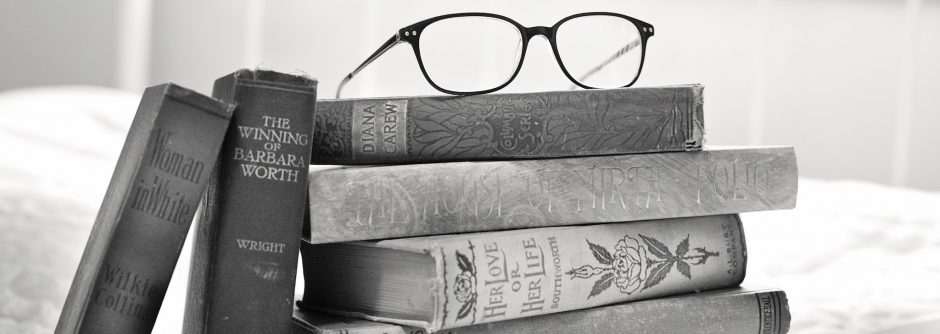Royal Horticultural Society Floral Colouring Book
By: Royal Horticultural Society
Rating: 5 of 5
When I saw that the Royal Horticultural Society was releasing a floral coloring book, I immediately pre-ordered it without any picture to go by except that of the cover. I love both coloring and gardening, so it seemed to be an opportunity to combine two of my favorite hobbies into one. Thankfully, I was not disappointed. The book contains 45 different floral designs. Each of the designs is based on a floral print and that print is included opposite the page you are coloring on (the backside of the preceding page.) The quality of both the coloring page and the print are excellent. You can use the print as a way to inspire your coloring or do it your own way but still enjoy seeing the flower in a beautiful print as you color. Because of the way the book is set up, I will probably color it from back to front. That way I can see the botanical print clearly without any issues from bleed through (see coloring medium section below.)
The designs are printed on one side of heavyweight non-perforated white paper. The backside of the page is a botanical print bot the design on the following page, i.e., not the one you are coloring. All designs merge into the binding but nothing appears to be lost into the binding. As the binding is sewn rather than glued, it only takes a few snips of thread to be able to remove a few pages of the book at a time. If you cut the pages out, you will lose portions of the design. I was easily able to get the book to lay flat enough to for me have access to all parts of the design. Because of the way this book is published, I will not be removing the pages I want to keep the coloring design in order with the botanical print as published.
Only my various alcohol-based markers bled through this paper. Everything else worked well and did not bleed through or leave a shadow (except my dark purple Stabilo triplus fineliners left a bit of a shadow though I must note that I put this marker on with a fairly heavy hand.) That includes water-based markers, India ink artist pens, and gel pens. Some of my gel pens took a longer drying time. My coloring pencils work fantastic with it with the soft lead pencils going on thick, creamy and easily blendable. My hard lead pencils colored well and did not leave indents on the back of the page. Because of the botanical prints on the backside of the page, I will use my alcohol-based markers with discretion as they will ruin the print. I would use a blotter page under the page I am working on with anything other than pencils to be on the safe side. You never know if one particular color (such as the purple one noted above) will bleed through unexpectedly.
These are the coloring medium that I use for testing. If there is something else you feel I should be testing, please let me know and I will see if I can add it to my growing pile:
Markers: 1) alcohol-based Copic Sketch, Prismacolor double ended markers (brush and fine point), Sharpies (fine and ultra-fine) Bic Mark-its (fine and ultra-fine) and 2) water-based Tombows dual end markers (brush and fine point), Stabilo 88, Staedler triplus fineliners, and Pentel markers
India Ink: Faber Castell PITT artist pens (brush tip)
Gel Pens: Sakura, Fiskars, Uni-ball Signo in the following sizes – 0.28/0.38/0.5/1.0 and Tekwriter
Coloring Pencils: Prismacolor Premier Soft Core, Derwent Colorsoft, Prismacolor Verithins, and Faber-Castel Polychromos
